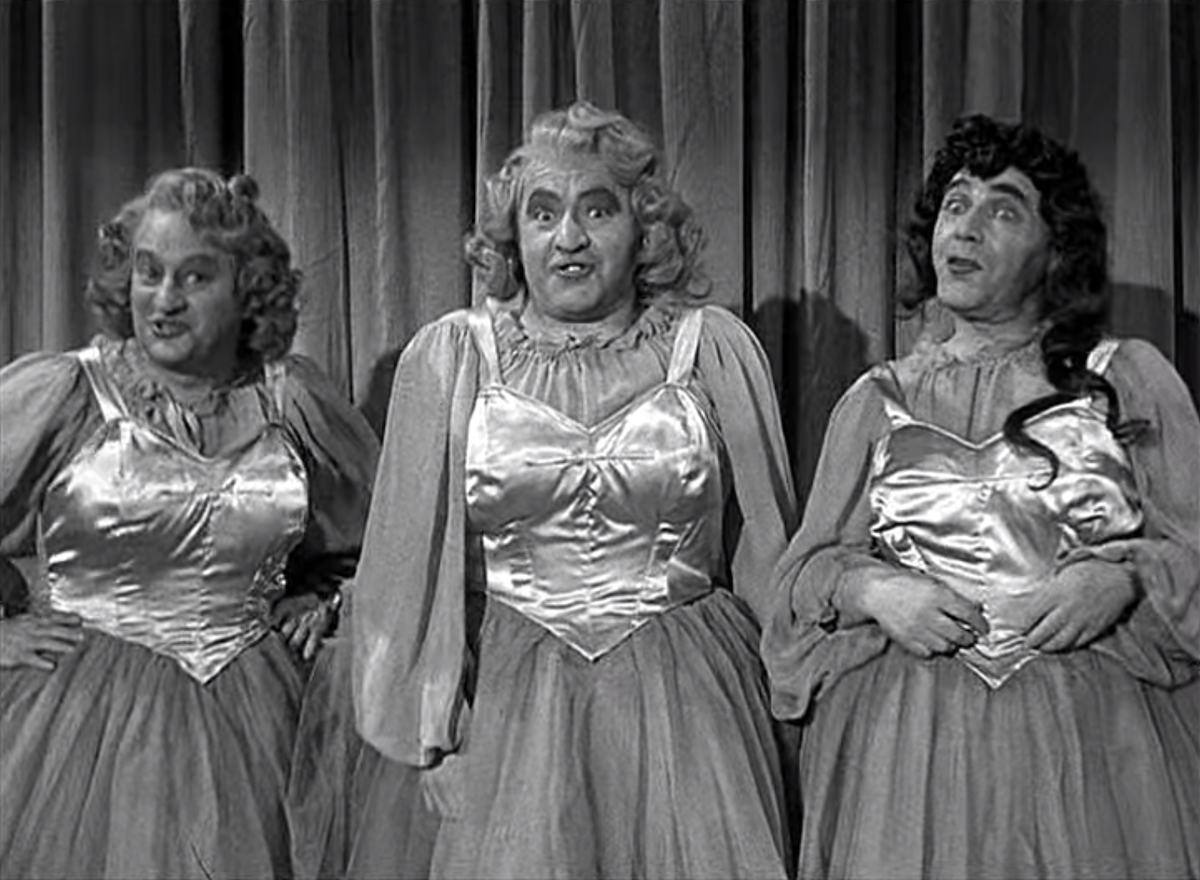
Examples of trans representation, most often negative ones, are more common in mainstream media than one might first guess. Think of how many times you’ve seen a man dress up as a woman onscreen for comedic effect. Cross-dressing is a ubiquitous trope in American comedies, from Some Like it Hot to The Jeffersons to How I Met Your Mother. Beyond comedy, the history of trans representation in the media is expansive, varying from downright violent, to touching but missing the mark, to genuine and empowering, and everything in between. Netflix original documentary Disclosure takes a critical eye to all of these portrayals and asks the important question, “How do they make actual trans people feel?”
Disclosure is the first of its kind on the platform, examining the “dynamic interplay between trans representation on screen, society’s beliefs, and the reality of trans lives.” Executive produced by Laverne Cox and directed by Sam Feder, the film’s release had remarkable timing, premiering right as the landmark Supreme Court case for LGBTQ rights was won, which came alongside the Trump administration’s quiet repealing of healthcare protections for trans individuals. Conversations about trans rights are clearly urgent, and movies and TV are a natural place to start. Early on in the film, Cox brings up a vital GLAAD statistic: about 80 percent of Americans don’t personally know a trans person. This fact sets the stakes of the film, underscoring why representation in movies and TV is so important. Cox also is sure to include young trans kids are in that majority, doubling down on the importance of creating positive representations in popular media.

Much of the film is structured around the personal stories of trans people’s relationships with the media they’ve consumed in their lifetimes. Cox tells the story of growing up watching Flip Wilson’s female character Geraldine on The Flip Wilson Show, and the impact it had on her as a queer kid, and actor Elliot Fletcher talks about his relationship with the problematic trans character Max on The L Word. The commentators shuffle through examples, uncovering the patterns and effects of common tropes, the general trend of which treat trans people as either the butt of the joke, as perverts and murderers, or as the objects of tragedy. From D.W. Griffith’s 1914 film Judith of Bethulia onward, trans people have been consistently othered by media.
While the vast majority of examples are negative, the film succeeds in allowing room for discourse. Not every commentator shares the same feelings about films like Boys Don’t Cry, which some saw as triggering and exclusionary, and others saw as beautiful and validating. Sometimes these conflicting opinions even exist within the same viewer- for example, actress and writer Bianca Leigh confesses her love for The Silence of the Lambs while admitting that it is problematic in terms of trans representation by way of Buffalo Bill- a cross-dressing serial killer who literally wears the skin of his female victims. The result of the film’s layered understanding is a poignant case for nuance, and in Feder’s words, teaches the audience “how to love things and love them critically”. The film is also sure to recognize the capacity for change within individuals and the industry, featuring clips of Oprah and Katie Couric, who have both been condemned for asking trans interviewees invasive questions about their genitalia, publicly learning from their previous ignorance and changing their behavior as a result. Disclosure will also leave you itching to witness the triumphs of Paris is Burning and Pose, if you haven’t already. One of the film’s most relevant, actionable takeaways about trans representation, though, is simple- that there’s simply not enough of it. As writer Jen Richards sees it, when there’s an abundance of images of trans people, the clumsy portrayals won’t matter as much.

Disclosure is not only revolutionary in its subject matter, but in its production. All of the featured commentators in the film are trans people, from writers and thinkers like Tiq Milan to celebrities like Chaz Bono and Candis Cayne. Director Sam Feder also made sure that his film was walking the walk behind the scenes, telling Decider that while hiring crew, “We prioritized hiring trans people. We did a national search. When we could not hire a trans person for a key role on set, the non-trans person would mentor a trans fellow. We had about a dozen different fellows on set.” Disclosure, then, becomes part of the solution to the problem it identifies.
The film ends with a brief acknowledgement that representation won’t singlehandedly solve the issues trans people face. “We always have to be skeptical when a few people are elevated, and the majority of people are still struggling,” Laverne Cox warns as we pan over a picture of her on the cover of Time Magazine. The caveat to representation is that it’s merely a means to an end, practically useless unless actual policies change. Disclosure, though, leads by example, and will hopefully allow space for those dialogues to come to the fore.


